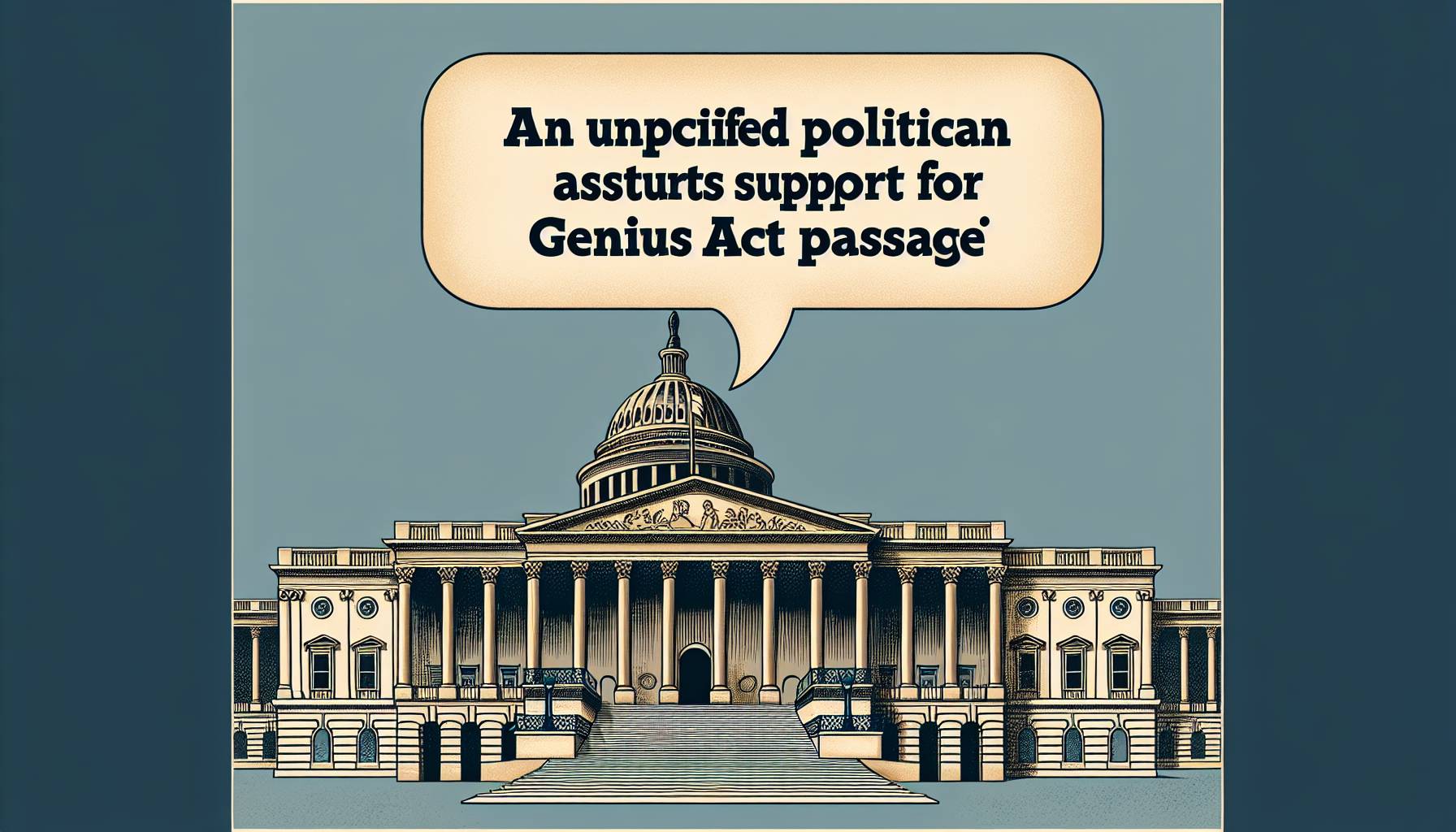Tariff impact on consumers
Considerable uncertainty surrounds the extent to which tariffs will be passed on to consumers. Many companies are opting for a ‘wait and see’ approach, holding off on raising prices until there’s clarity on how tariff issues will be resolved. Economic models suggest tariffs exert a one-time price effect, but these models typically assume smaller tariffs than what we’re currently facing. The Dallas Fed plans to scrutinize data throughout the summer and fall to gain a clearer understanding of these dynamics. Keeping a close eye on the situation is crucial, as ensuring stable inflation expectations remains a priority.
Fed’s communication strategy
The Federal Reserve’s approach to communication plays a crucial role in shaping market expectations and maintaining its credibility. By openly discussing its economic views and policy strategies, the Fed aims to foster transparency and build trust with the public. This open dialogue helps investors, businesses, and consumers make informed decisions based on a clearer understanding of potential monetary policy actions. Furthermore, consistently communicating the rationale behind its decisions allows the Fed to manage market reactions more effectively, reducing the risk of sudden shocks that can arise from unexpected policy shifts.
The Fed employs a variety of tools and indicators to assess inflationary pressures, including consumer price indexes and surveys of inflation expectations. By analyzing this data, the Fed can identify potential risks to price stability and take preemptive measures as needed. This vigilant approach allows the Fed to respond promptly to any signs of rising inflation, thereby safeguarding the purchasing power of consumers.
Considerable uncertainty surrounds the extent to which tariffs are passed through to consumers. Many companies are opting to adopt a ‘wait and see’ approach, choosing not to raise prices for consumers until there is more clarity on how tariff issues will be resolved. Economic models suggest that tariffs have a one-time price effect; however, these models often assume significantly smaller tariffs than what might be in place. This complexity adds another layer of uncertainty for both businesses and consumers as they navigate the evolving economic landscape.
Inflation expectations and monitoring
In recent times, the Fed has made strides in enhancing its communication efforts by providing more detailed insights into its economic projections and policy considerations. This includes regular updates through press conferences, speeches, and reports that outline the economic factors influencing their decisions. By doing so, the Fed not only strengthens its credibility but also ensures that its actions align with its long-term objectives of promoting maximum employment and price stability.
Maintaining stable inflation expectations is a key priority for the Federal Reserve as it monitors economic developments. By closely tracking inflation data, the Fed aims to ensure that expectations remain anchored, which is crucial for effective monetary policy. Stable inflation expectations help prevent erratic shifts in consumer and business behavior, promoting consistent economic growth.
The Federal Reserve’s credibility hinges significantly on its ability to effectively communicate its economic views and policy intentions to the public. By maintaining transparency, the Fed strengthens its position and ensures that market participants, businesses, and consumers understand the rationale behind its policy decisions. This approach not only aids in managing market expectations but also reinforces confidence in the Fed’s commitment to its dual mandate of maximizing employment and stabilizing prices.
Tariff impact and consumer pricing
Monitoring will continue into the fall, as the Fed evaluates the impact of current economic policies and external factors on inflation. This careful observation is necessary to adjust policy tools appropriately and maintain credibility in its commitment to price stability. In doing so, the Fed seeks to create a predictable economic environment that supports sustainable growth and employment.
Federal Reserve’s communication and policy strategy
Amid the current economic climate, the Fed is particularly attentive to the signals it sends regarding interest rate policies. With a backdrop of trade tensions and global economic uncertainties, clear communication helps to mitigate volatility and maintain stability. As Federal Reserve officials, including Dallas Fed President Lorie Logan, engage with the public, they emphasize careful monitoring of economic indicators and a data-driven approach to policy adjustments. This meticulous strategy underscores the Fed’s proactive stance in navigating complex economic landscapes.
As the economic landscape continues to evolve, the Fed remains committed to refining its communication strategy to address emerging challenges and uncertainties. This ongoing effort is vital in ensuring that the public remains well-informed and confident in the Fed’s capacity to manage economic conditions effectively.

